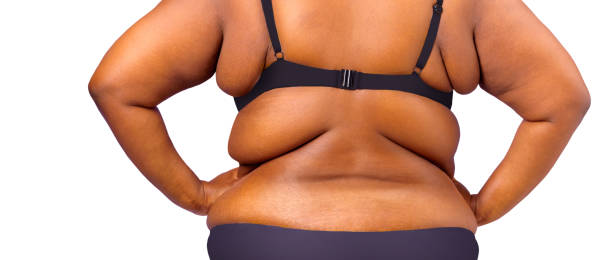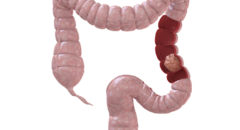
No matter what time you set on your alarm clock, you keep pounding the snooze button until 8:30 every morning. Barreling out of bed in a panic, you hit the shower, race out the door, and clock into work just 10 minutes late with a coffee and giant muffin in hand.
You work through lunch while chowing down a burger and fries that you barely notice, but by 3 p.m. you’re crashing, so you’re off to the vending machine for an infusion of chocolate, vowing to hit the gym after work and buy salad fixings on the way home. But by the time you finally finish work and head out to the car, it’s late and you’re tired, and . . . well, you know the rest.
If this sounds familiar, you’re not alone: This pattern of eating is typical for scores of college students and young professionals, who are experiencing unprecedented levels of obesity and diabetes — ailments previously associated with older adults.
Why are students and 20-somethings packing on the pounds? Fast food and desk jobs, experts say, are the primary culprits.
“We suspect that the majority of these folks are sitting in front of a computer most of the day, eating fast food, and not getting much leisure activity because they work long days,” says David Ramsey, a nutrition and health official at the Centers for Disease Control and Prevention (CDC).
College students tend to put on about 8 pounds in school, generally due to a slow-down in activity, according to a study from the University of Georgia. Quite simply, many people in this generation are consuming significantly more calories than they’re burning.
In fact, Americans need to exercise at least an hour a day to stay healthy, according to guidelines issued by the National Institute of Medicine. Members of a 21-person panel that issued the guidelines said they were concerned about the jump in obesity rates over the last few decades. Adults and children should spend at least an hour a day doing moderately intense activities, such as walking, swimming, or bicycling, they said. The CDC recommends getting at least 30 minutes of moderate exercise five days a week, but also notes that more vigorous activity more often will reap greater health benefits.
RELATED: Why Is American Food So Unhealthy?
Professional Sitters
Computers brought a welcome reduction in the mind-numbing tasks we used to perform manually, but you might say technology is now numbing our backsides instead. Before the Internet revolution, for example, we might have traveled across town for a business meeting; now we sit in on a video conference call instead. Before the advent of email, we might have trotted upstairs to go over a draft presentation with a coworker; now we just zap her a copy electronically. The average worker at the turn of the 20th century put in about three hours of strenuous labor per day. One hundred years later, that number is down to just five minutes.
Former U.S. Health and Human Services Secretary Tommy Thompson may have put it best when he said American society had mistakenly “made fitness a fad rather than a way of life.”
Let’s face it: Most college-educated Americans in their 20s know that they should be physically active and eat healthy foods, but many seem to find the task too overwhelming. All the emphasis our society places on perfect bodies and dieting, experts say, may be intimidating people out of taking smaller steps toward good health — like taking a half-hour walk each day.
“I know what foods I should and shouldn’t eat,” says Melissa Hennings, a tech worker in San Francisco. “But often, it’s a matter of not having








